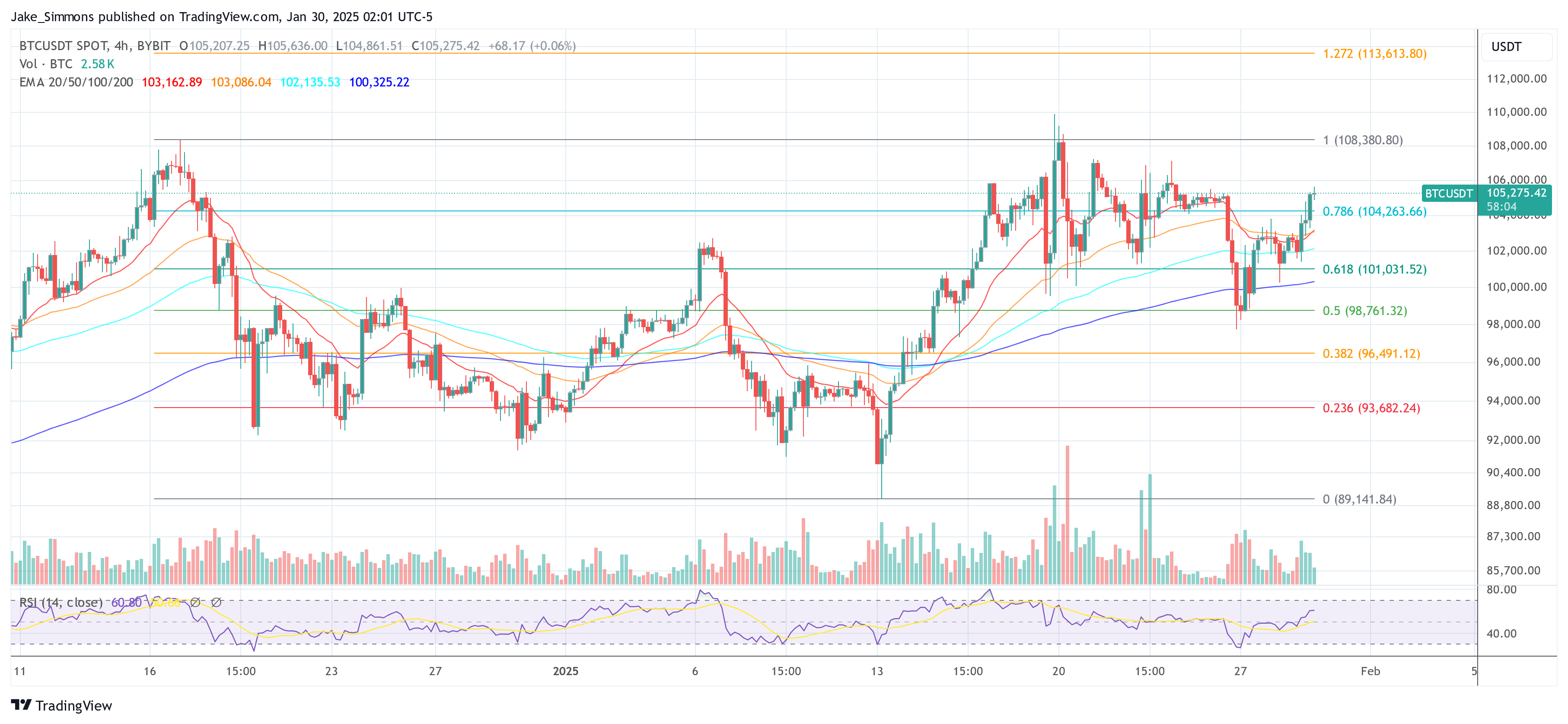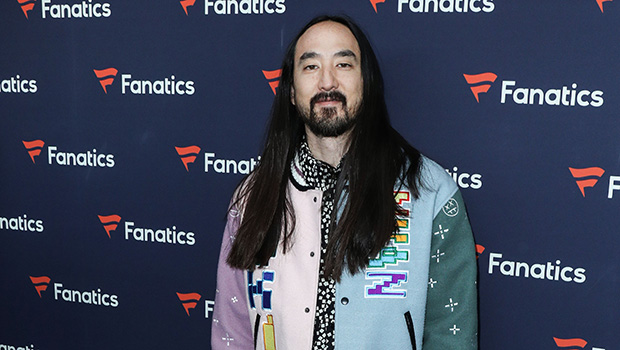Yet another October has gone by. Until a few years ago, October was for me the month when winter knocks at your door, early mornings have that pleasant chill and air pollution starts to hurt. But now, as the mother of a neurodiverse child, October is the month of walks and talks and posters and pamphlets to spread awareness of dyslexia.

Dyslexia is a very specific learning disability that makes reading and understanding written words difficult. It is easier to spot it in children before you learn to mask and hide the problem. Dyslexic children struggle to connect letters to sounds, they have trouble spotting rhyming words, and they flip words around. Some of them cannot easily comprehend what they are reading, they have a poor vocabulary, and they jumble the beginning, end and middle during storytelling. Dyslexic kids may freeze with multiple instructions or actions with multiple steps because it is tough to keep track of information in their working memory. Dyslexics may also struggle with writing or doing simple calculations and often also have dysgraphia and dyscalculia.
We all have that cousin or classmate who was considered a lost cause by the family, friends and teachers. Not good in studies, just barely keeping their heads above water, written off by everyone; they will amount to nothing much. Some of us are ourselves that daughter or son who the world had given up on. Of every 100 people around us, some 20 may have reading difficulties. A majority of these could be struggling with dyslexia. Dyslexia can be hereditary and often when kids get diagnosed, parents suddenly realise how they or their siblings used to struggle in school, how they still try to avoid reading or calculation and how they always have trouble with spelling.
Dyslexia is genetic and happens due to changes in the wiring in the brain. It is not a disease and it cannot be cured. But our brain can be trained to better manage reading and writing with help in the childhood years. Kids who get extra help from special educators, extra time in exams and are allowed to learn at their own pace, show great improvement in their school performance.
With so many audio and visual learning opportunities available online now, it is not difficult for dyslexics to learn using alternative methods. Schools are now required to provide children with special needs with accommodations to help them learn. School boards have special provisions for choice of subjects, extra time and assistance in exams for children with learning disabilities.
When I caught up with those cousins and friends that as a child, I had labelled as dumb, I realised how wrong I was! I look at them with admiration for their financial savvy, their artistic abilities, their negotiation skills, their enterprise, their empathy and some for their amazing selflessness!
As the world is changing and what we thought of as safe, secure, and intellectually challenging jobs, are under threat from the coming of Artificial Intelligence, it is these uniquely human abilities that are going to be much in demand. Steven Spielberg, Richard Branson, Albert Einstein and Pablo Picasso are some of the great minds who struggled with learning disabilities in school. Perhaps like them, today’s dyslexic children, with help and our faith in them, are the ones who are going to change the way we see the world!
Chetana Sachidanandan, a scientist at CSIR-Institute of Genomics and Integrative Biology, studies neurodevelopment. The views expressed are personal
 Subscribe today by clicking the link and stay updated with the latest news!” Click here!
Subscribe today by clicking the link and stay updated with the latest news!” Click here!














